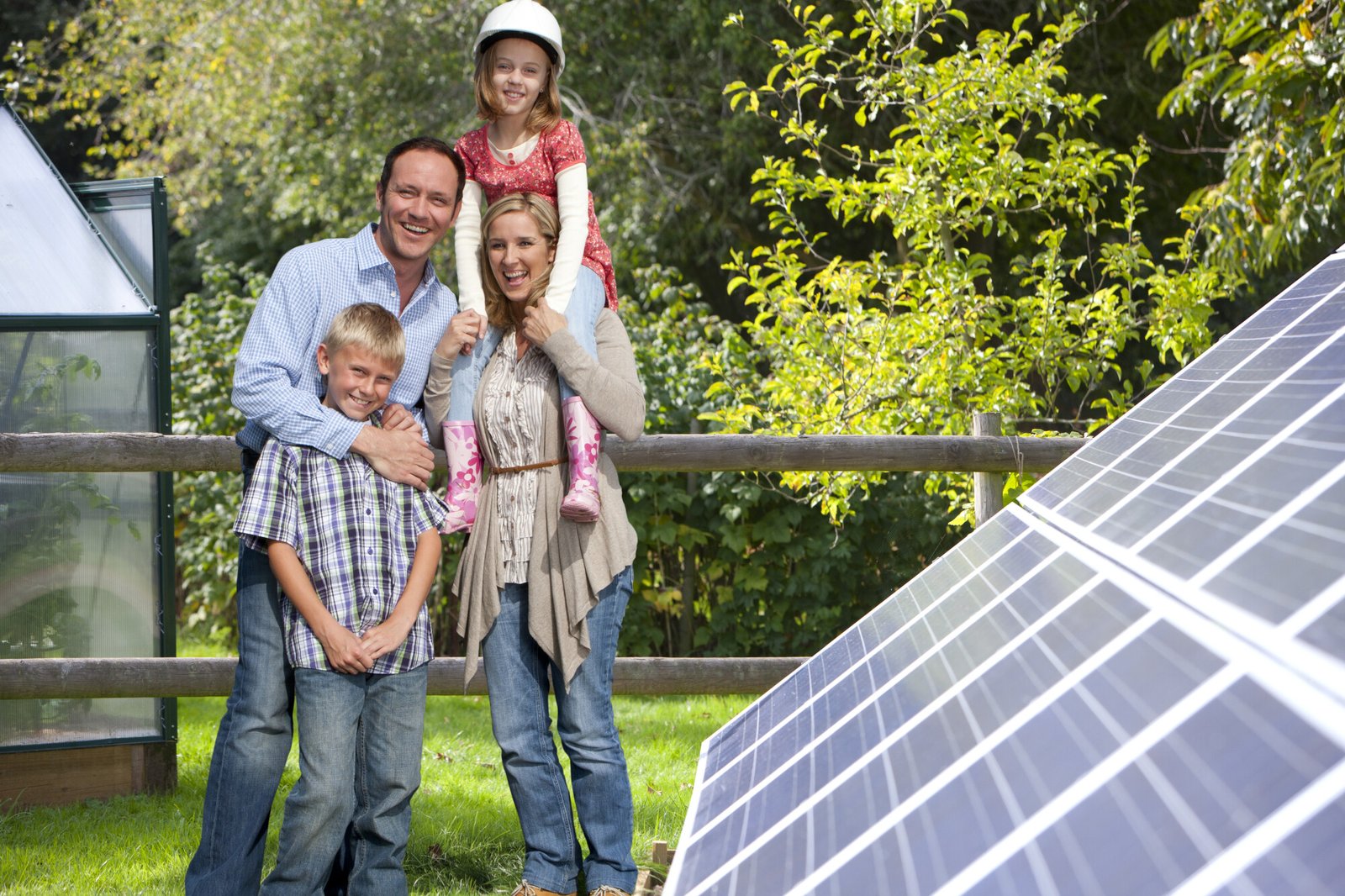Solar and wind power are examples of renewable energy sources that can aid in the battle against global warming. They are not only cost-effective, but they also help in reducing air pollution and greenhouse gas emissions.
Switching to renewable energy is one of the most important things we can do for our planet. It will help lower our carbon footprint and reduce the frequency of extreme weather events.
Environment-Friendly
We must reduce these emissions by roughly half by 2030 and get to net zero by 2050 if we want to prevent the worst effects of climate change.
To make this transition happen, we need to turn to renewable energy, a clean and sustainable source of electricity that doesn’t release any GHGs into the atmosphere. Renewable energy sources include solar, wind, bioenergy, hydropower, and tidal power.
Many of these technologies are also cost-effective, making them a popular choice for consumers. Solar panel prices have been declining for years, and renewables account for more than half of all new power generation capacity worldwide yearly.
In addition, another importance of renewable energy is that it reduces the risks of market shocks and improves resilience and energy security. As a result, it’s an integral part of the global fight against climate change.
An approach to reducing climate change is to utilize more renewable energy. It can help slow the effects of global warming, reduce our dependence on fossil fuels, and create jobs. It’s also an excellent way to improve our health by eliminating air pollution from fossil fuel-burning industries.
Cost-Effective
Renewable energy is one of the most cost-effective ways to fight against climate change. It is produced for a fraction of the cost of fossil fuels. It is widely regarded as an essential component of efforts worldwide to reduce greenhouse gas emissions and make the transition to a more sustainable energy future.
The cost of energy supplied by renewable sources like solar and wind power is falling annually. Hydroelectric power, onshore wind, solar voltaic, biomass and geothermal systems typically cost less than $0.10 per kilowatt-hour (kWh). In contrast, fossil fuel-fired coal, natural gas and nuclear power cost significantly more.
Building and operating a renewable power plant is also cheaper, especially compared to new fossil fuel-fired plants. It makes it a compelling option for governments to implement low-carbon power plants that will last decades and help the global economy adapt to a more carbon-reduced world.
A rapid transition to renewables could save the global economy up to $12 trillion over the next few decades. Moreover, the costs of switching to renewables will continue to drop as technology advances, and prices for new technologies fall.
However, a few obstacles to renewable power being rolled out worldwide exist. For starters, it is challenging to distribute wind and solar energy over long distances without relying on a central power source. Additionally, the weather sometimes cooperates with the wind or sun to generate enough power to meet demand.
Adaptable
Renewable energy is essential to the fight against climate change because it doesn’t produce harmful emissions. It also provides cleaner, cheaper energy. It also creates jobs and reduces pollution in communities.
Adaptable Renewable Energy Plants (AREPs) are an answer to these challenges. They are flexible, controllable multi-component plants that can adapt to the needs of their local grid. AREPs allow for the increased use of renewable electricity and hydrogen, which can help displace carbon-based fuels.
A recent study found that AREPs are more cost-effective than traditional power plants producing fossil fuels. They can also be built more quickly, saving time and money.
However, renewable power can be limited by geography, habitats, and ecosystems. Therefore, it’s essential to consider these factors before constructing renewable energy projects.
The European Union’s Energy and Industry Geography Lab can help identify potential risks and trade-offs in developing renewable energy resources. It can also determine the best sites for wind and solar energy projects to minimize impacts on habitats and ecosystems.
Versatile
Renewable energy sources are highly versatile and can be used for various applications. For example, solar power can heat water, provide electricity, and power buildings, agriculture, and industry. It can also be used to generate hydrogen, which can be used in high-heat industrial processes.
Unlike fossil fuels, which are expensive and volatile, renewables offer more stable energy prices. They do not entail fuel costs or require transportation, which makes them cheaper for consumers and better for the environment.
Another benefit of using renewables is that they are reusable. Solar panels recoup their embodied energy within a few years, while a large wind turbine can eliminate its carbon footprint within six months.
Furthermore, renewables are often made from waste materials such as wood or agricultural residue, which can be diverted from landfills. It helps reduce pollution and can significantly benefit communities struggling with climate change.
In addition to providing affordable, reliable energy, renewables also help improve the quality of life in many parts of the world. They can create jobs and reduce poverty, which is especially important in rural areas.



